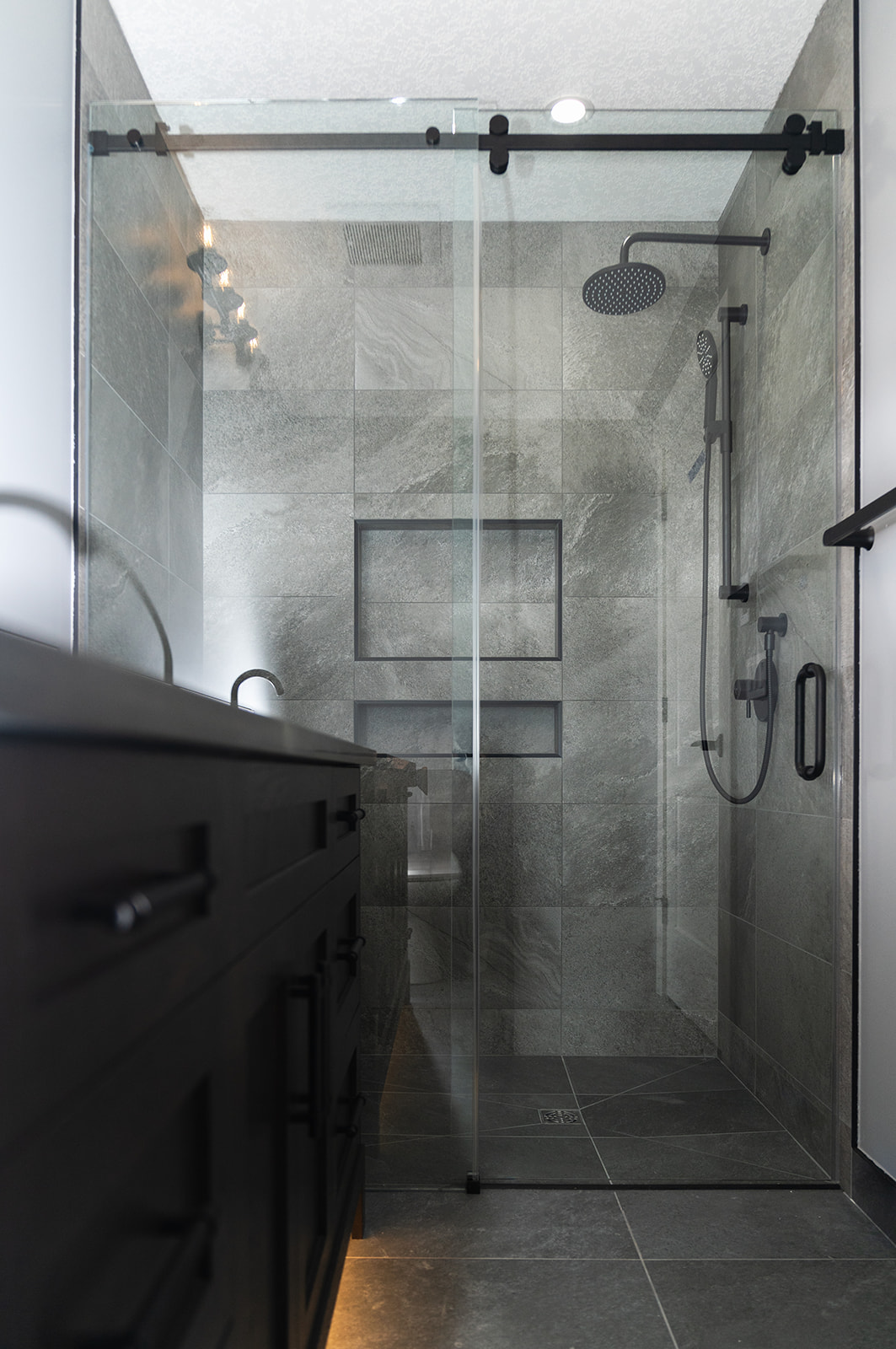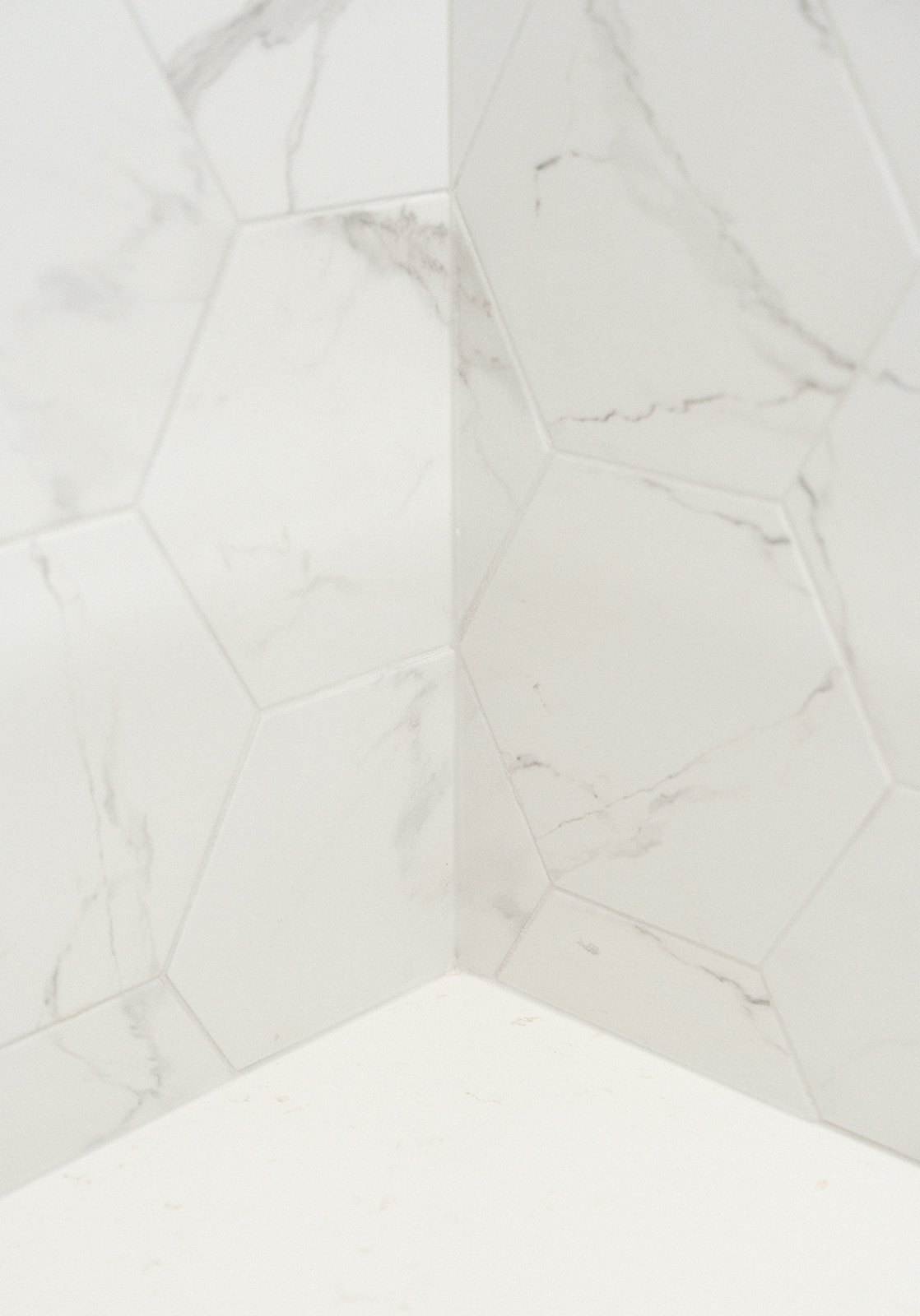Searching for a Bungalow to Age-in-Place or Improve Accessibility? Here's What to Look For!


Renovate or Relocate?
Many homeowners contemplating aging in place or improving accessibility in their home find themselves deciding between renovating their current home or moving to a more suitable space—often a bungalow. While we always advocate for choosing the space that best meets your needs, it’s important to have the right information before making such a significant life and financial decision.
Most homes will require some level of renovation to accommodate accessibility needs. Below, we outline key factors to consider when house hunting, helping you determine whether a property is the right fit or if modifications will be necessary.
The below summary will provide a baseline for assessing a potential bungalow. These points are not all the perfect situation, but the reality is that only a small amount of homes are, so we try to keep realistic expectations and give the tools to make an informed decision with the housing inventory available.
General Considerations
- Walkable Neighborhood & Community: A walkable area with a strong sense of community supports an active lifestyle and encourages healthy aging or growing up.
- Attached Garage: Provides all-weather access and reduces the risk of slips or falls. It also offers a sheltered location for potential future mobility aids like vertical platform lifts.
Exterior Features
- Low-Slope Property: Ensures safe and easy access from the home to sidewalks and roadways while simplifying year-round maintenance.
- Minimal Elevation at Entryways: Lower elevation differences at the front door or garage threshold reduce the need for costly ramps or platform lifts.
Interior Considerations
- Spacious Layout: More space allows for easier navigation, particularly for mobility devices.
- Doorways of 32 Inches or Greater (Ideally 36 Inches): Narrow doorways can be challenging for mobility devices. A minimum of 32 inches is recommended, with 36 inches being ideal.
- Wide Hallways (42 Inches or Greater): Many older bungalows have tight 36-inch hallways, which can make accessibility difficult. Wider hallways improve maneuverability, especially when making 90deg turns into doorways.
- Straight Stairs to Basement: If stairs are necessary, straight staircases are preferred over curved ones as they make future stairlift installations more affordable and practical. Elevators can be installed as an alternative for basement access but come at a higher cost point.
Bathroom Accessibility
- Larger than a Standard 5x8 Bathroom: A larger bathroom enhances comfort and accessibility. If a 5x8 layout is the only option, check for adjacent closets or unused space that could be incorporated expand the layout.
- Second Bathtub in Home: Even if converting one tub into an accessible shower, having at least one bathtub in the home can be beneficial for young children, pets, or personal preference.
Kitchen Accessibility
- Open-Concept Layout: An open kitchen improves maneuverability, social interaction, and overall functionality.
- 48 Inches Between Island and Counters: Ensures easy navigation and minimizes the risk of cabinet damage from mobility devices.
- Lower Cabinets as Drawers: Drawers provide easier access and maximize storage compared to traditional lower cabinets, reducing the need to bend down or reach into deep spaces.
Quick Home Viewing Checklist
Here’s a simple checklist you can copy, print, and take with you when viewing potential homes:
General:
☐ Walkable neighborhood with strong community support
☐ Attached garage for weather-protected entry and future mobility aids
Exterior:
☐ Low-slope property for safe access and easier maintenance
☐ Minimal elevation difference at entryways to reduce need for ramps
Interior:
☐ Spacious layout for easy mobility
☐ Doorways at least 32 inches wide (ideally 36 inches)
☐ Hallways at least 42 inches wide for better maneuverability
☐ Straight staircase to basement to allow for future stairlift installation
Bathroom:
☐ Larger than a standard 5x8 bathroom, or potential for expansion
☐ At least one bathtub in the home for versatility
Kitchen:
☐ Open-concept layout for better accessibility and interaction
☐ 48-inch clearance between island and counters
☐ Lower cabinets with drawers for easier storage access
Final Thoughts
Every home is unique, and additional factors may come into play based on individual needs. However, this guide provides a strong starting point when assessing a bungalow for aging in place or accessibility improvements.
To further assist in making informed decisions, we offer professional home assessments on potential new homes for accessibility starting at $250. These evaluations help ensure long-term independence and functionality in your living space.
If you’re considering purchasing or modifying a home for accessibility, reach out to us—we’d love to help!
We are always learning, and if you have additional points you believe should be added to this list, please send them to info@shiftaccessibility.ca. We’d love to make this an ongoing resource!
We offer professional home assessments on potential new homes for accessibility starting at $250.
Book a callGallery
Read more posts
Shift your perspective, explore new possibilities.
Shift is the only contractor serving the Calgary area focused 100% on accessibility and universal design. Get in touch to learn more about how we can transform your space.
Contact us














